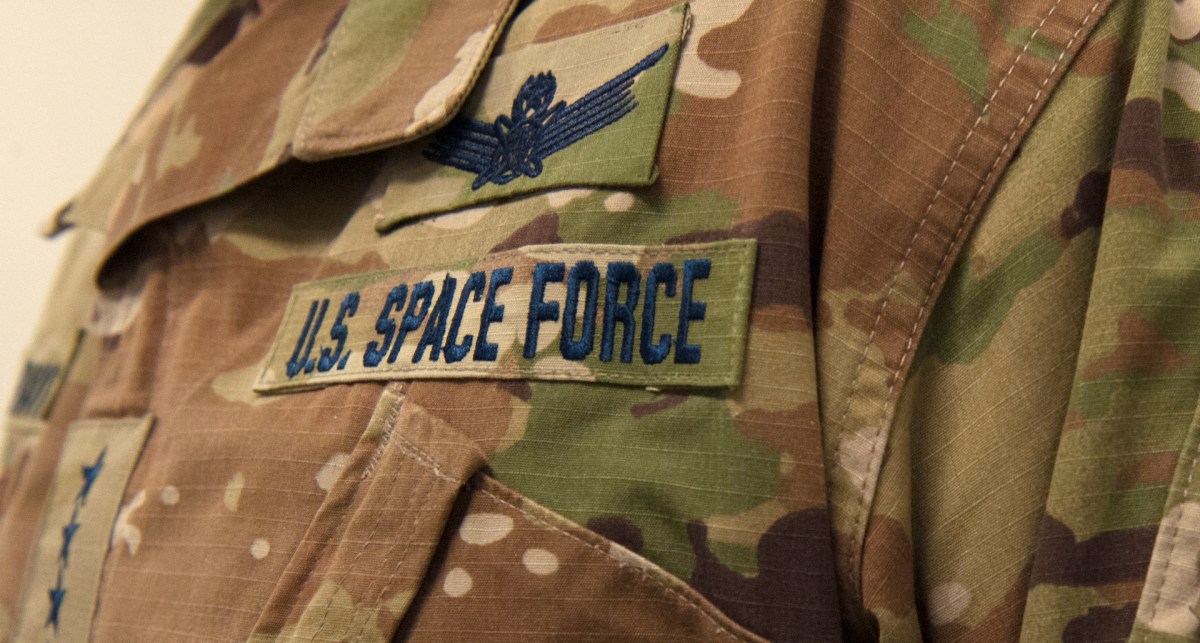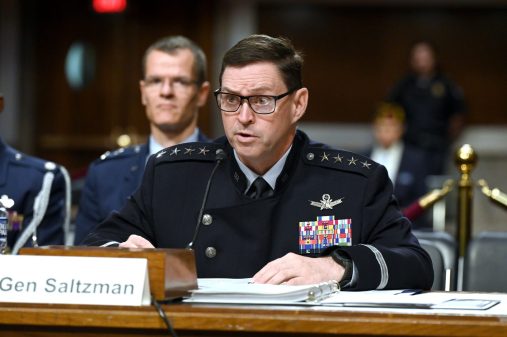Space Force procurement to transform its data management coming in fiscal 2024

The U.S. Space Force is set to launch a procurement in the next fiscal year to upgrade its main data management system for space domain awareness and command and control.
Lisa Costa, Space Force chief technology and innovation officer, said this week the service will issue a request for proposals in early fiscal 2024 to enhance its Unified Data Library (UDL), which provides a central platform for Space Force data to be used internally and shared with other military services, industry and academia.
To support that procurement and other work with the data library, the Space Force plans to ask Congress for $364.5 million over the next five years, according to its fiscal 2024 budget request. Of that, $187.37 million — a big step up from the $29.5 million it got in fiscal 2023 to support the program — is requested to continue to enhance UDL’s infrastructure, connect the system to additional space surveillance and domain awareness sensors and expand “planned sensor communications upgrades and the integration of non-traditional and commercial data,” per budget justification documents.
According to what Costa said Tuesday at an AFCEA NOVA event, that latter part is key in enhancing the platform.
“UDL was built based on the premise that we were just going to process Space Force data,” Costa said. “Well, that’s relatively small, right? It’s really the commercial data at scale that we need to combine with our Space Force data.”
As the platform stands currently, there’s a large backlog of data waiting to be added to it because it wasn’t built to ingest data from external sources.
“The current process is such that you have to go to the vendor, and you have to say, ‘Hey, I want to put this data in.’ And then they have to create an interface that allows you to bring it in and to normalize it,” Costa said.
For roughly 95% percent of that data, it’s not necessary to normalize it, she noted. Instead it can be used in its raw state, which could save a lot of time.
“So why would we wait, right? We want to allow guardians to be able to plug in data, and then we’ll mark it, right? We’ll say this hasn’t been validated or verified, or whatever it is,” she explained. “But we want guardians to be able to, at speed of mission, put data into the UDL and to be able to process it, normalize it if they need it themselves, as opposed to, you know, having that kind of linear process.”
At the same time, the Space Force is working to modernize — and, in a way, revolutionize — the way its guardians interact with data sets and other information by moving beyond traditional dashboards to more immersive environments akin to the metaverse.
The key to bringing that vision to life is overhauling the service’s Integrated Operations Network, which Costa said is “35-year-old foundational technology” the Space Force “has been left with,” questioning the need in the future for ground stations that take down data from satellites for processing and which she said “might be a smoking hole.”
“We are looking at building out the space-based Internet of Things,” she said, asking for industry’s help. “We need computation on orbit. We don’t want to have to download collected data down to a ground station, do processing on it, then upload it again, then do additional tasking, etc. We want to do that computational processing as close to the sensors as possible and do that retasking while that data is still in space. We don’t want to have to move it back and forth.”
Once that foundational, next-generation network is in place and secured, the Space Force can look to deliver a transformative metaverse-like experience for guardians, many of whom are under the age of 34, and more than 80% of those cohorts are what Costa called “gamers.”
The ability to “start to look at how you can kind of emphasize the key things that someone needs to pay attention to for decision advantage” will have impacts on many industries outside of Space Force and the U.S. military, she said.
“This is not just a DOD or Space Force need. This is a Wall Street need. This is a corporate need. So anything you develop in this area is going to be huge,” Costa said.






